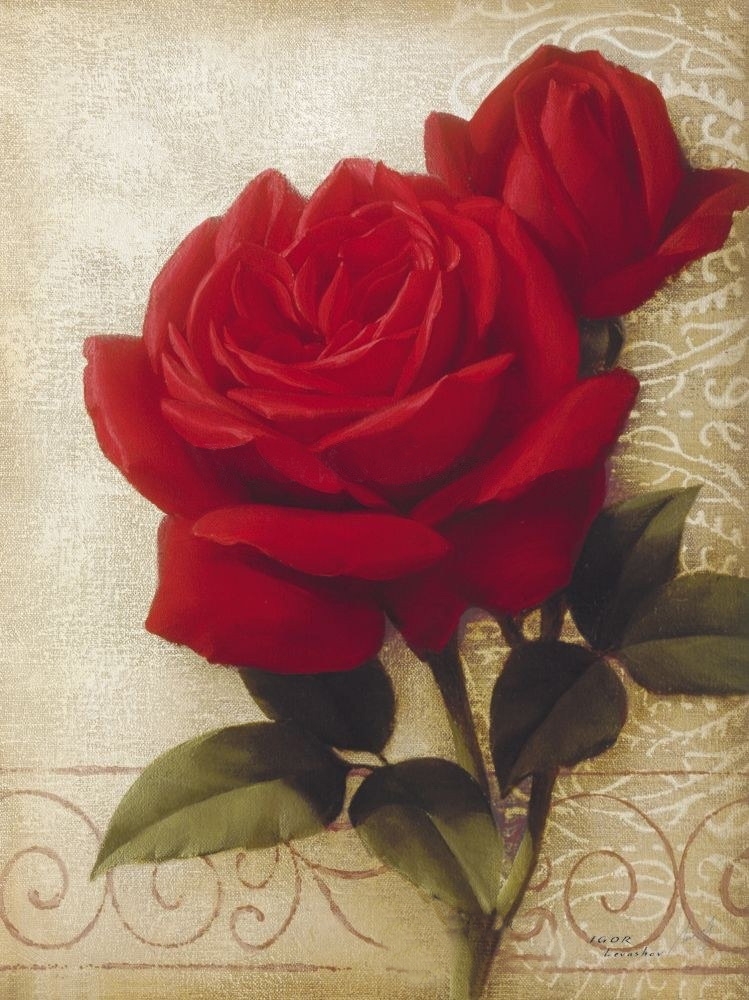Pierre-Auguste Renoir | Woman with a Parasol in a Garden, 1875
In Woman with a Parasol in a Garden, Renoir’s language is wholly impressionistic: in a setting lacking a visible horizon, the flowers and shrubs are created with tiny dabs of colour, providing a constant interweaving of textures around the two small figures.
The woman, whose parasol shades her from the sun, stands close to the man as he leans down, perhaps to pick a flower, hinting at an intimate relationship.
Contrary to what one may think, this canvas was not painted in the countryside but in the garden of Renoir’s new studio in Montmartre.
His friend George Rivière recalled: "As soon as Renoir entered the house, he was charmed by the view of this garden, which looked like a beautiful abandoned park".
Pierre-Auguste Renoir | Woman with a Parasol in a Garden, 1875 | Museo Nacional Thyssen-Bornemisza, Madrid
















